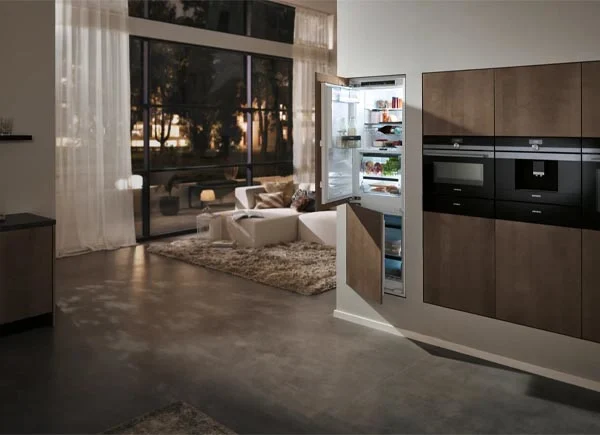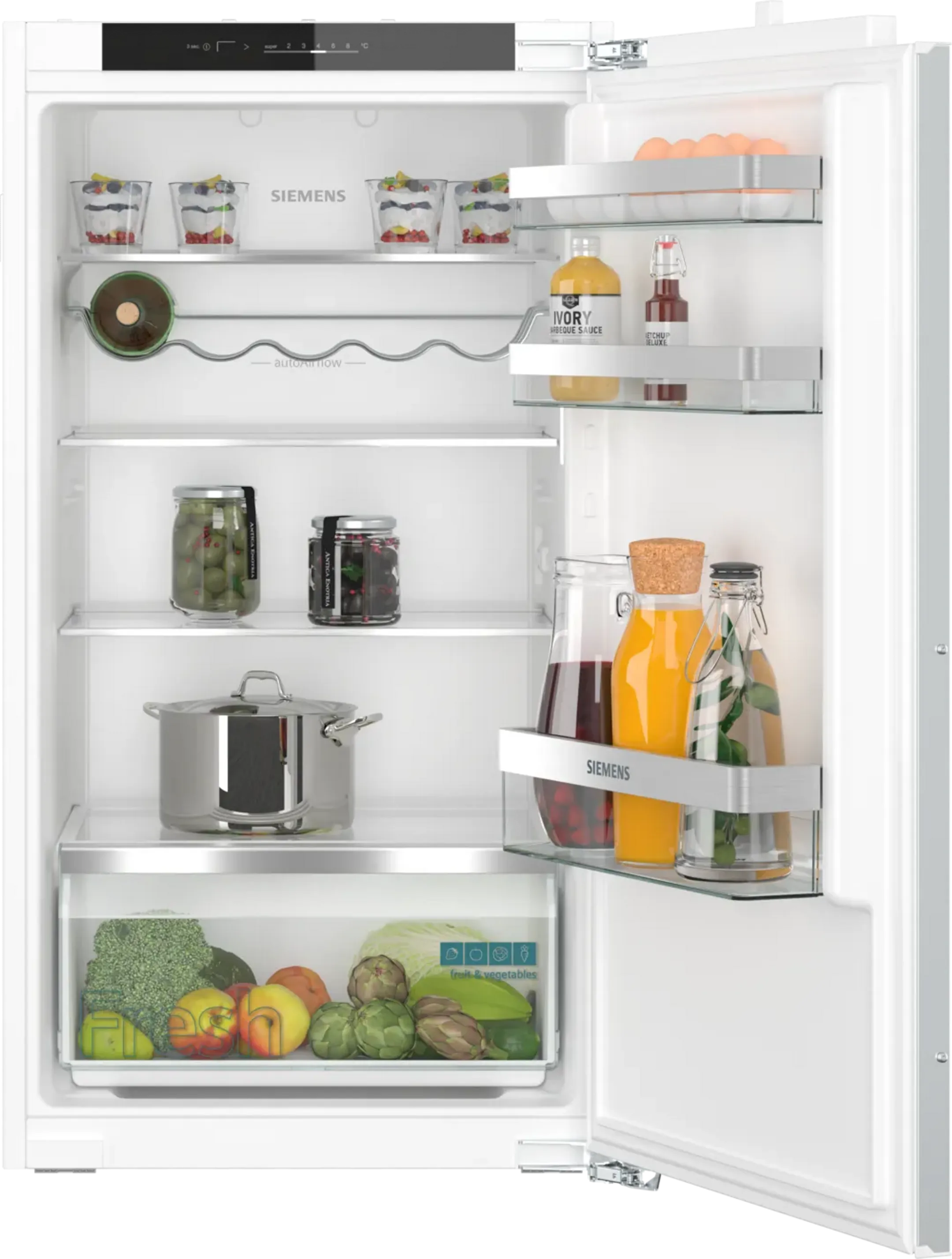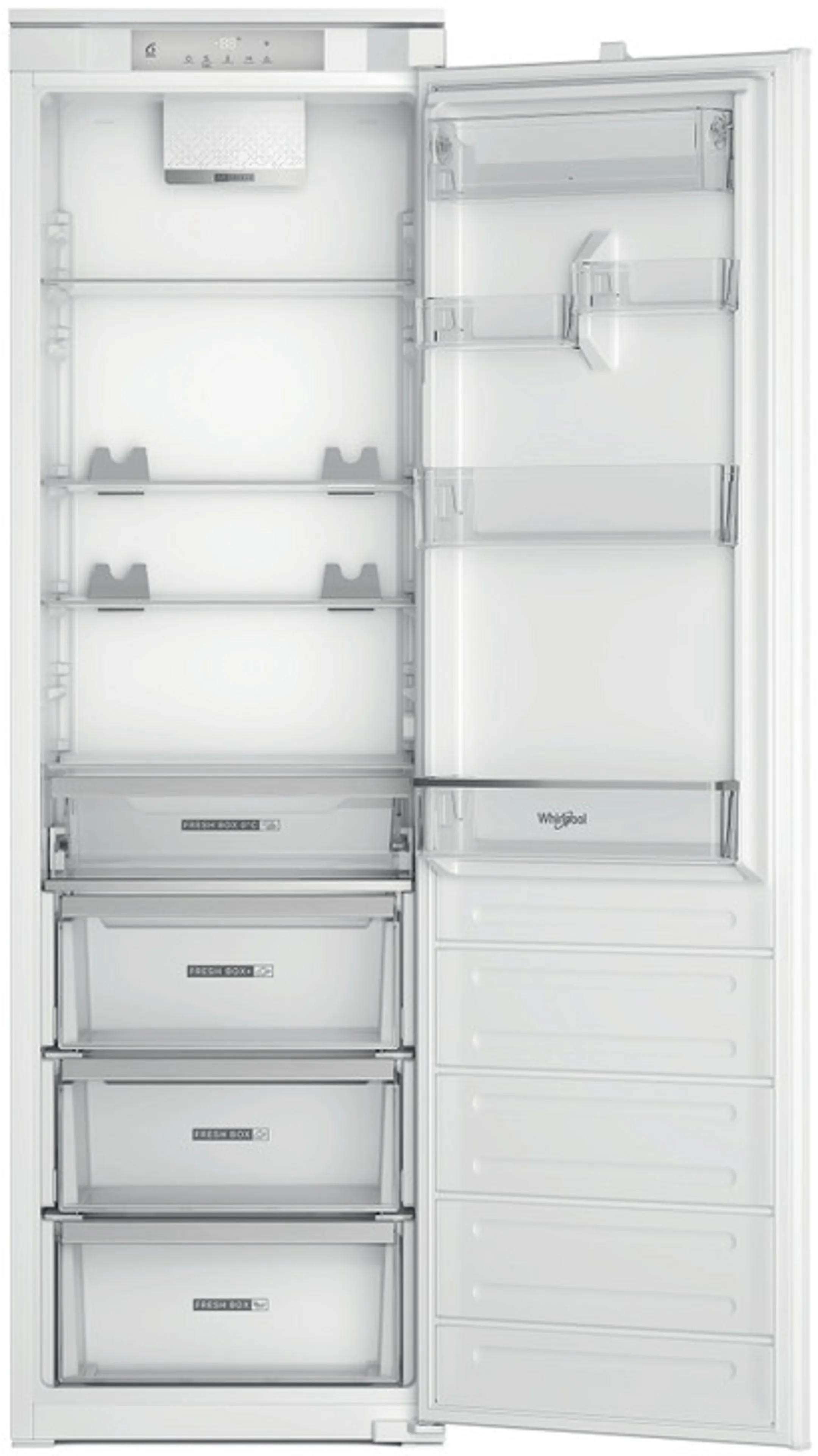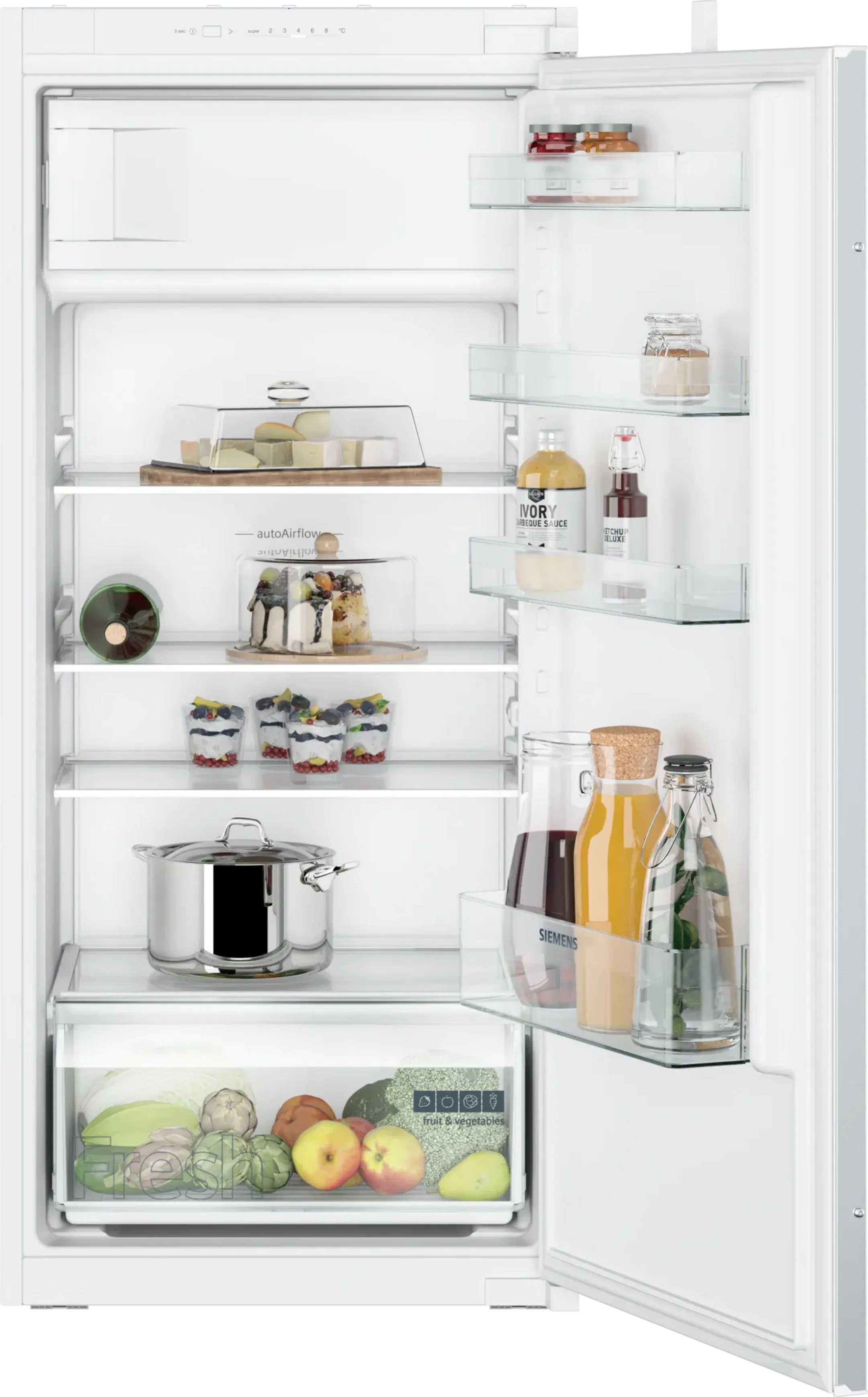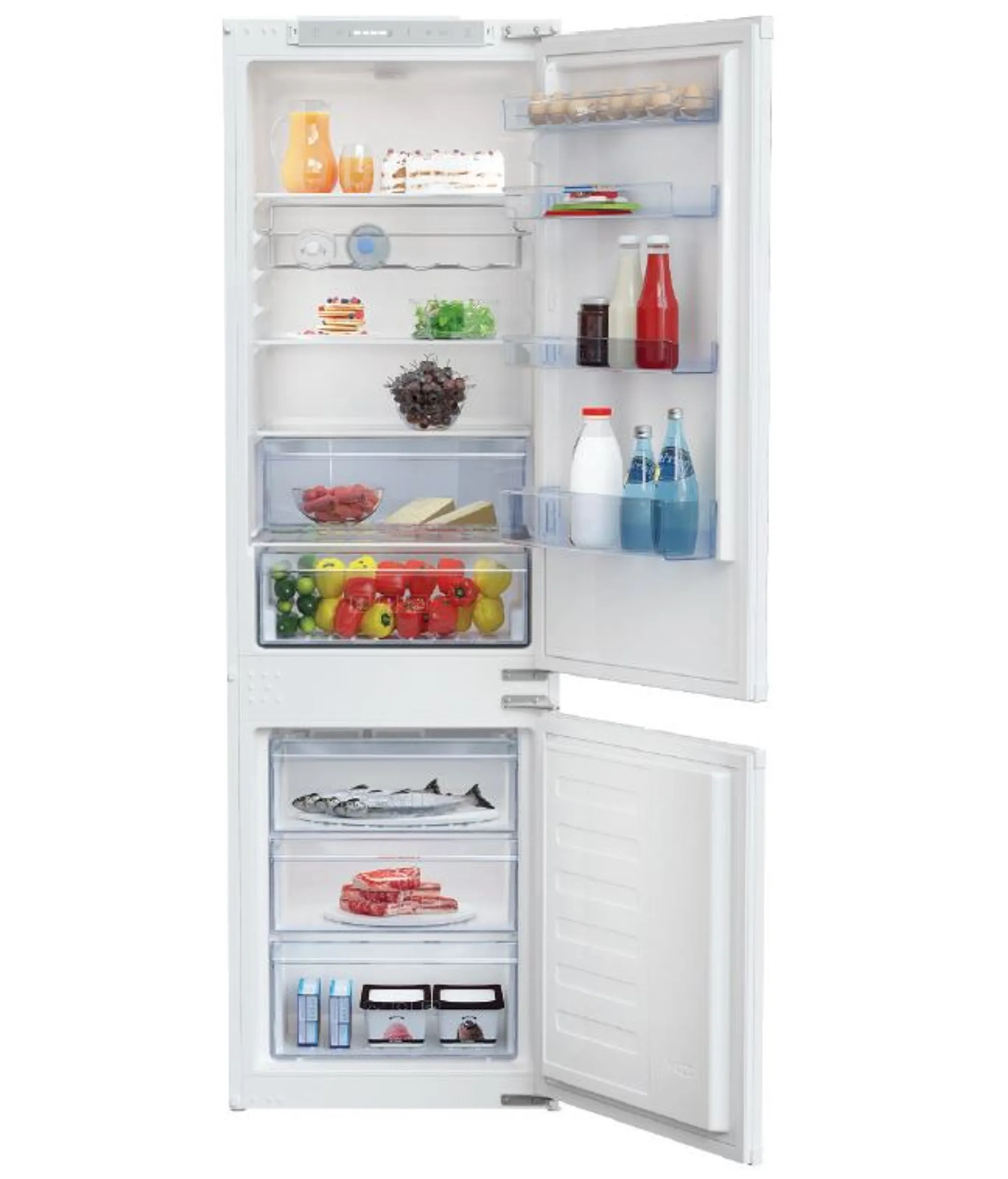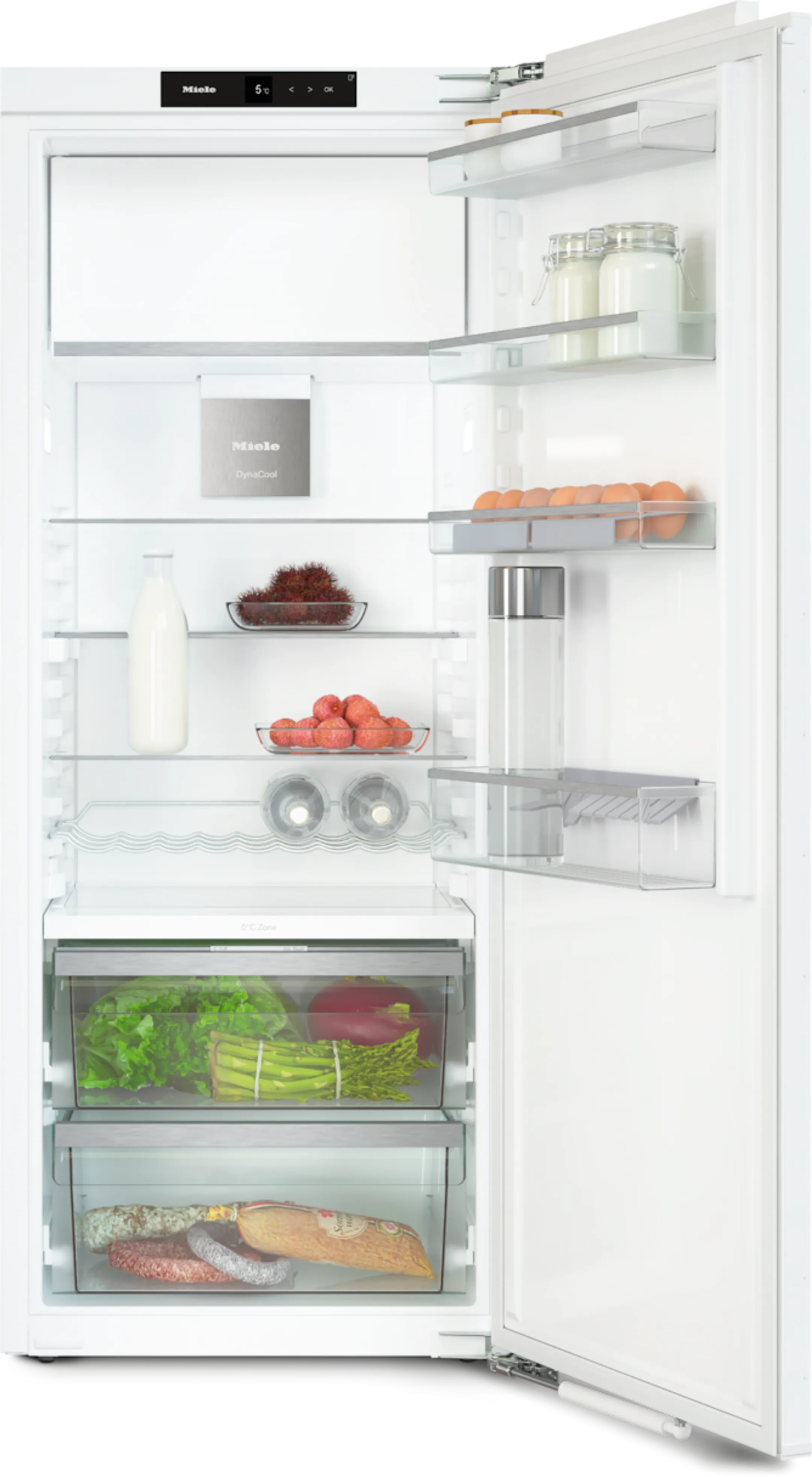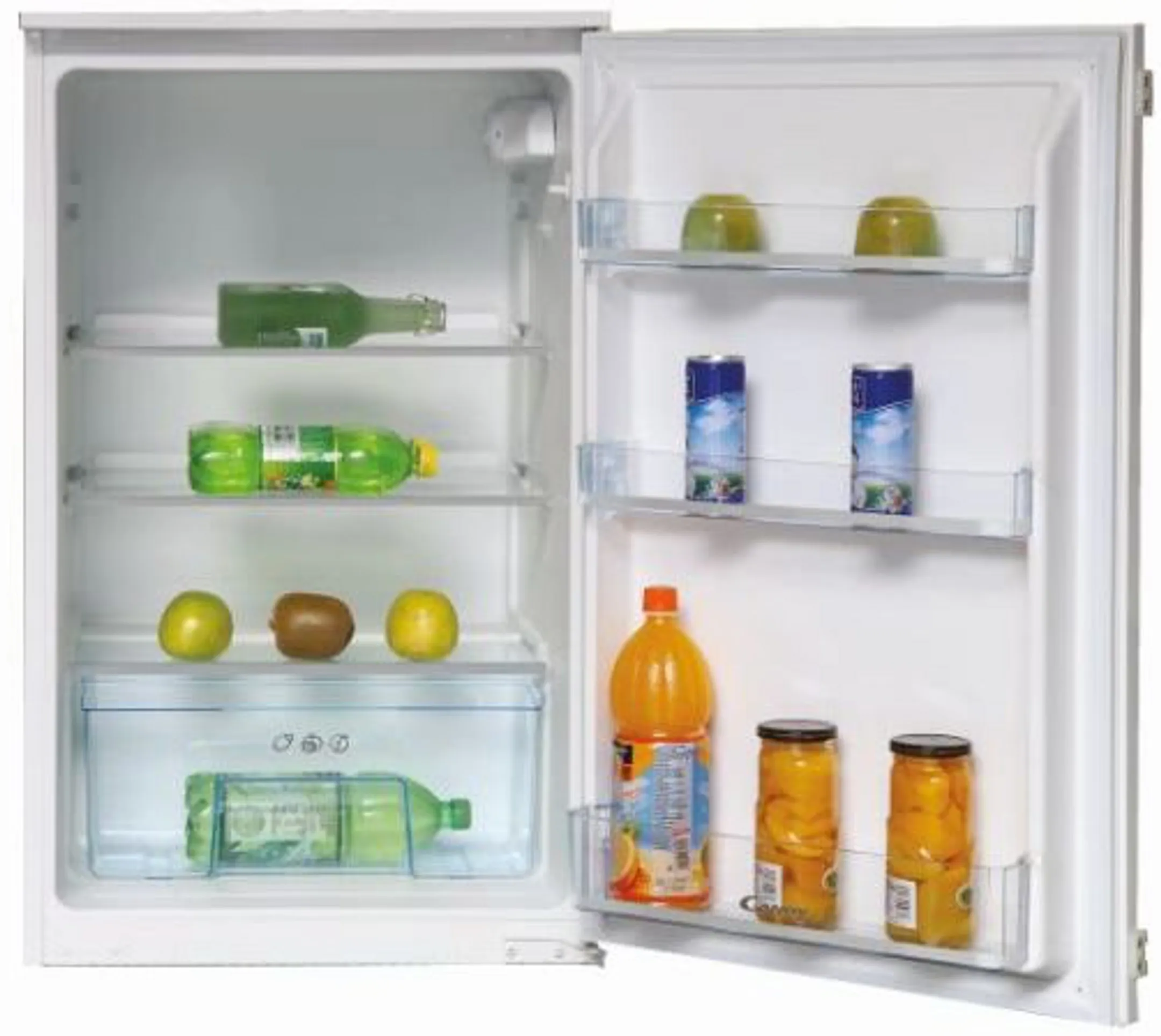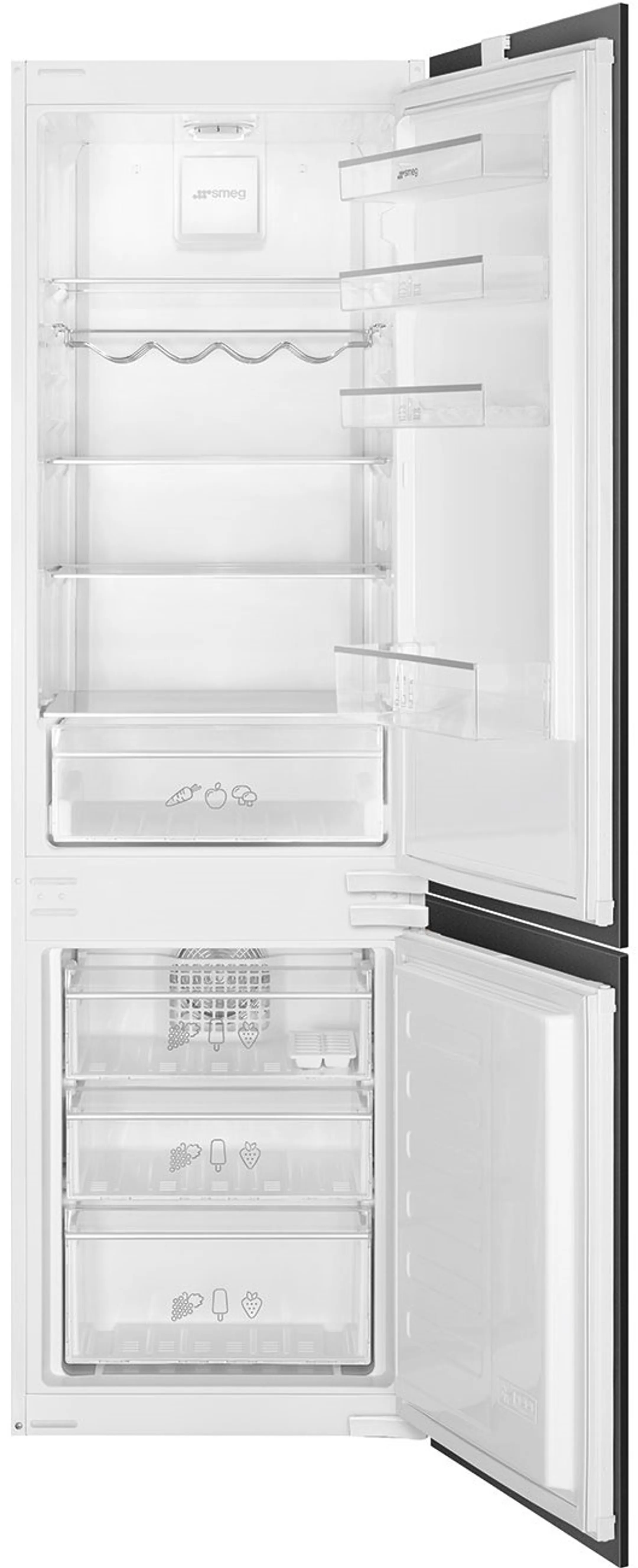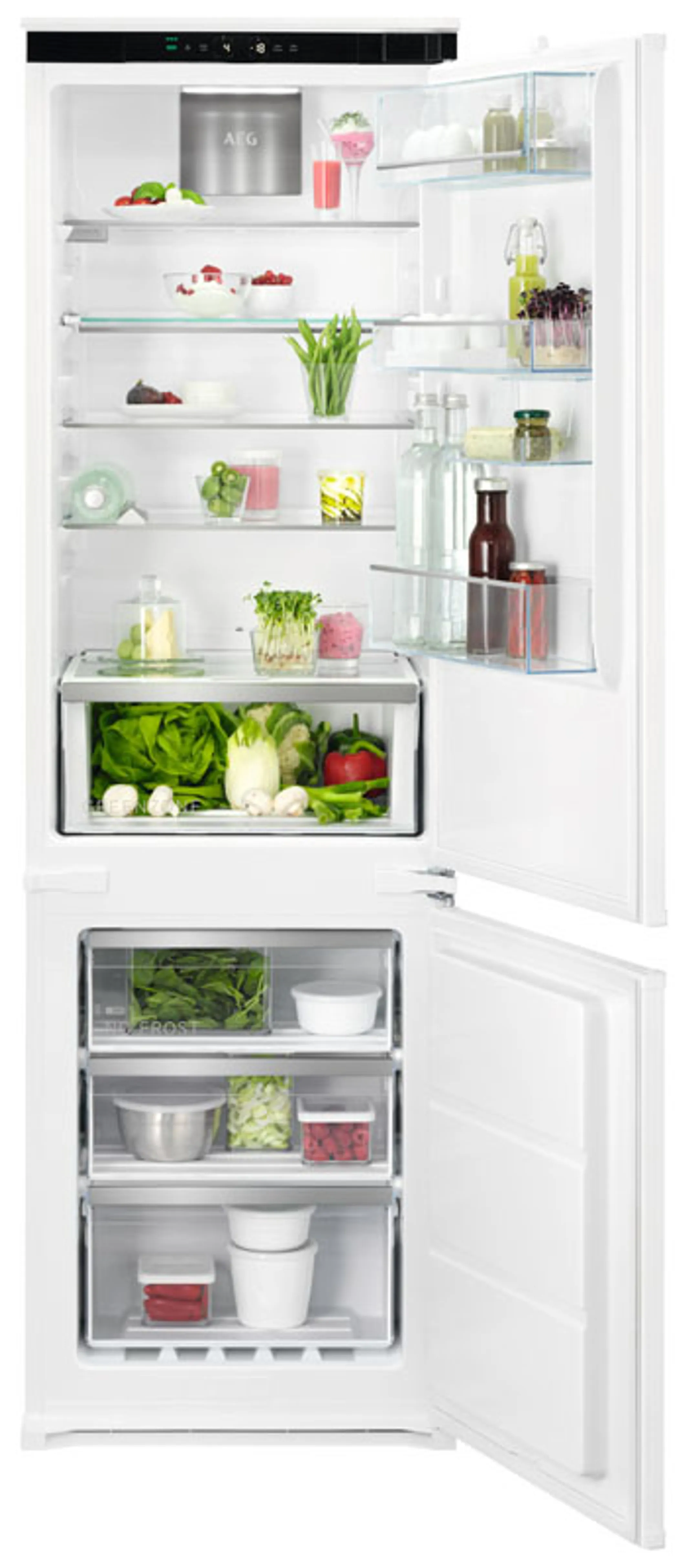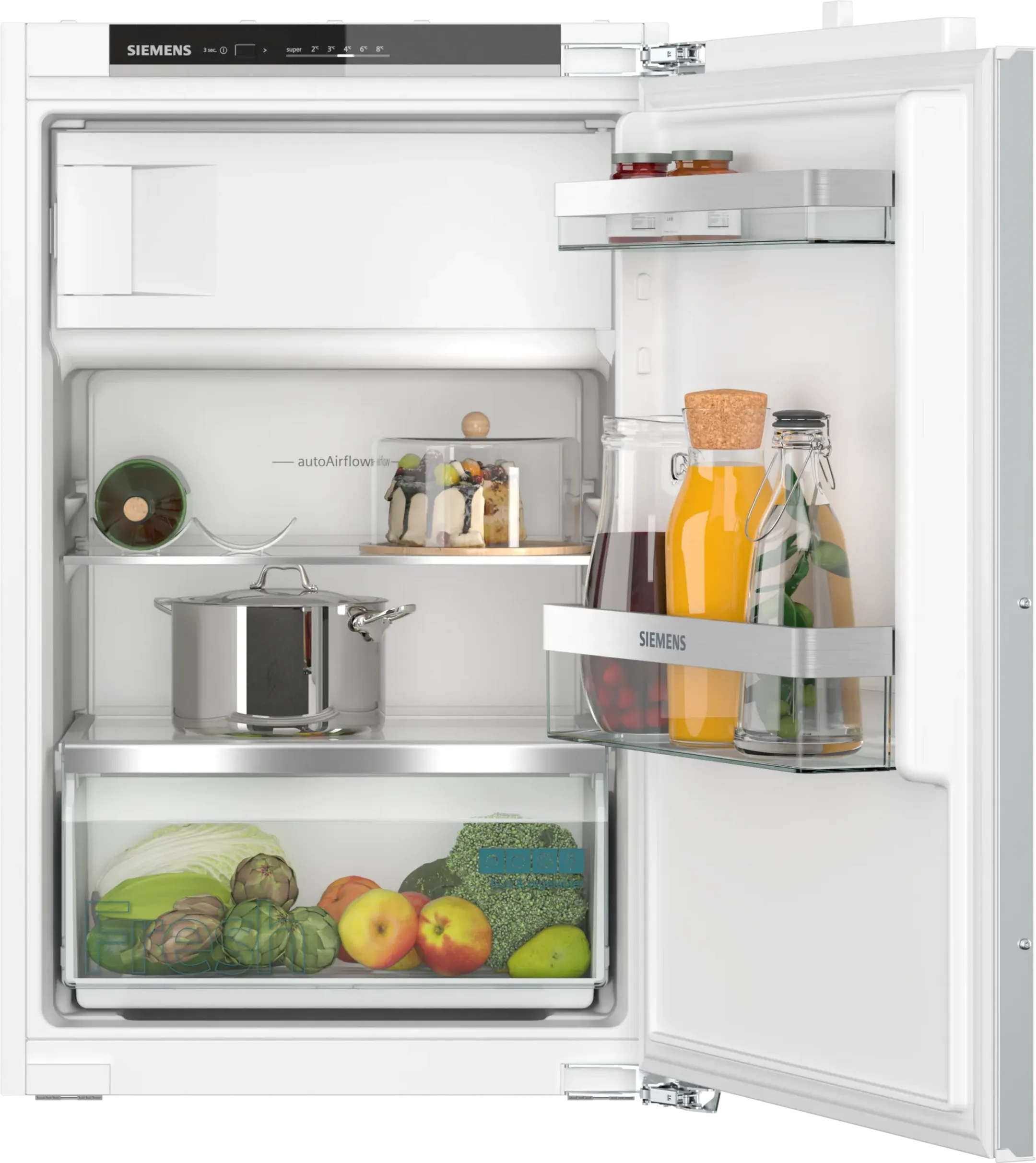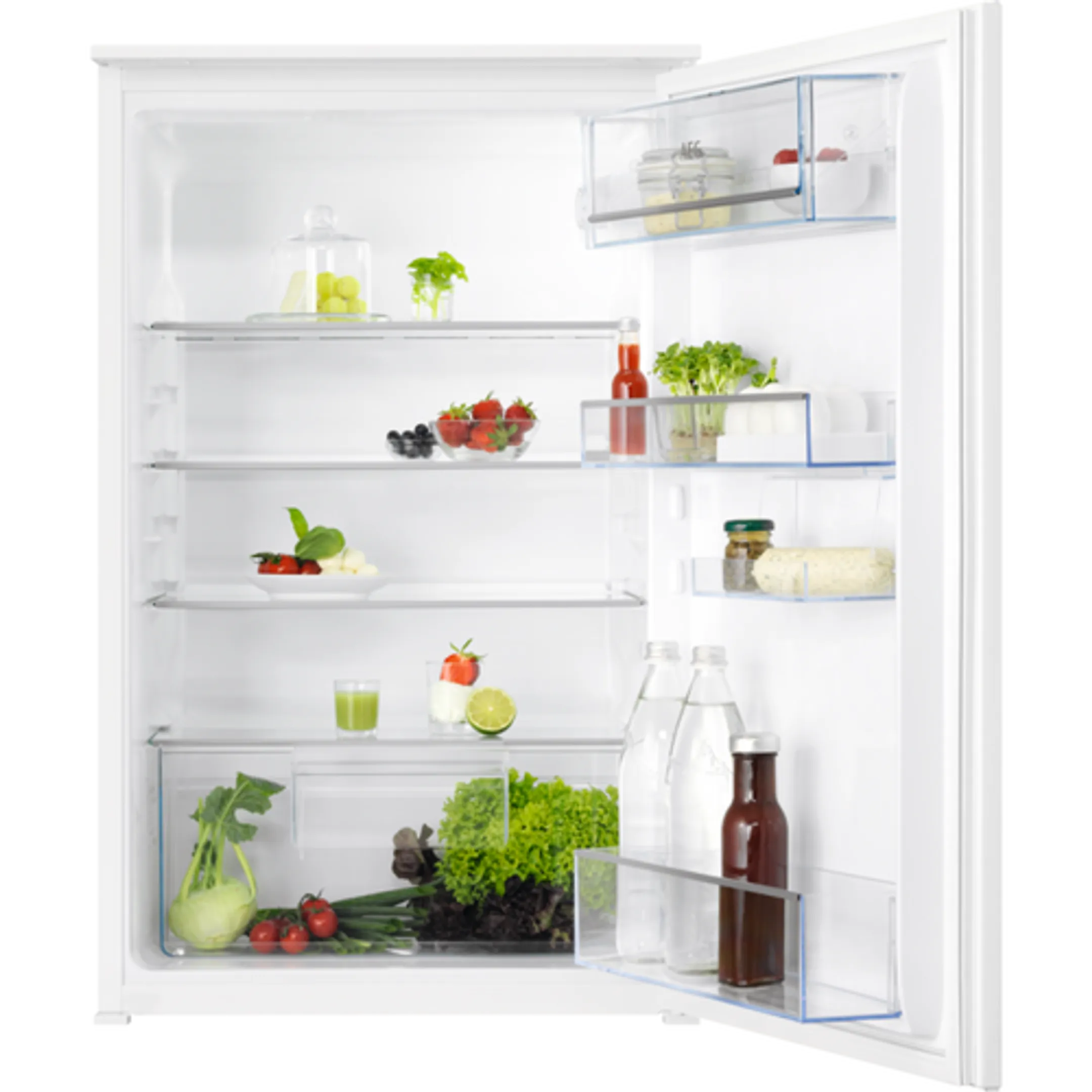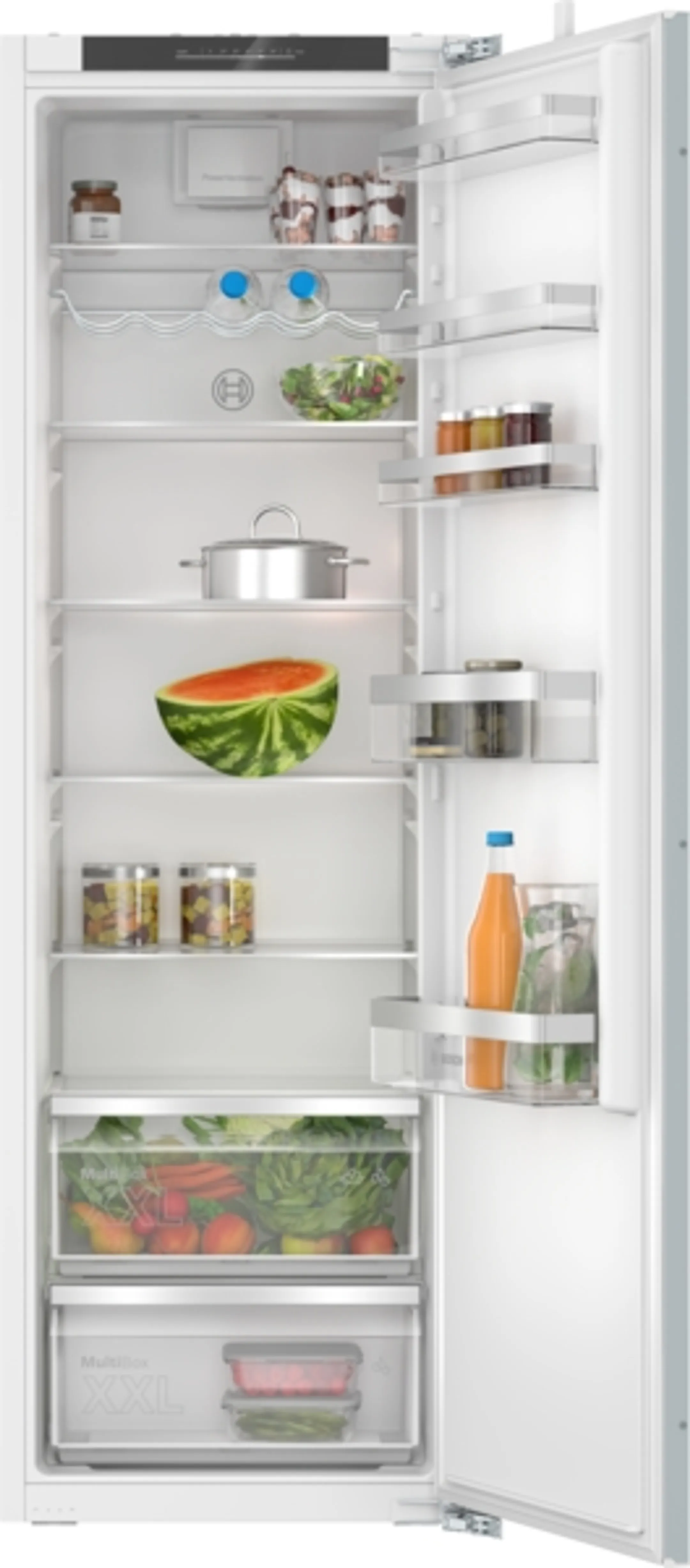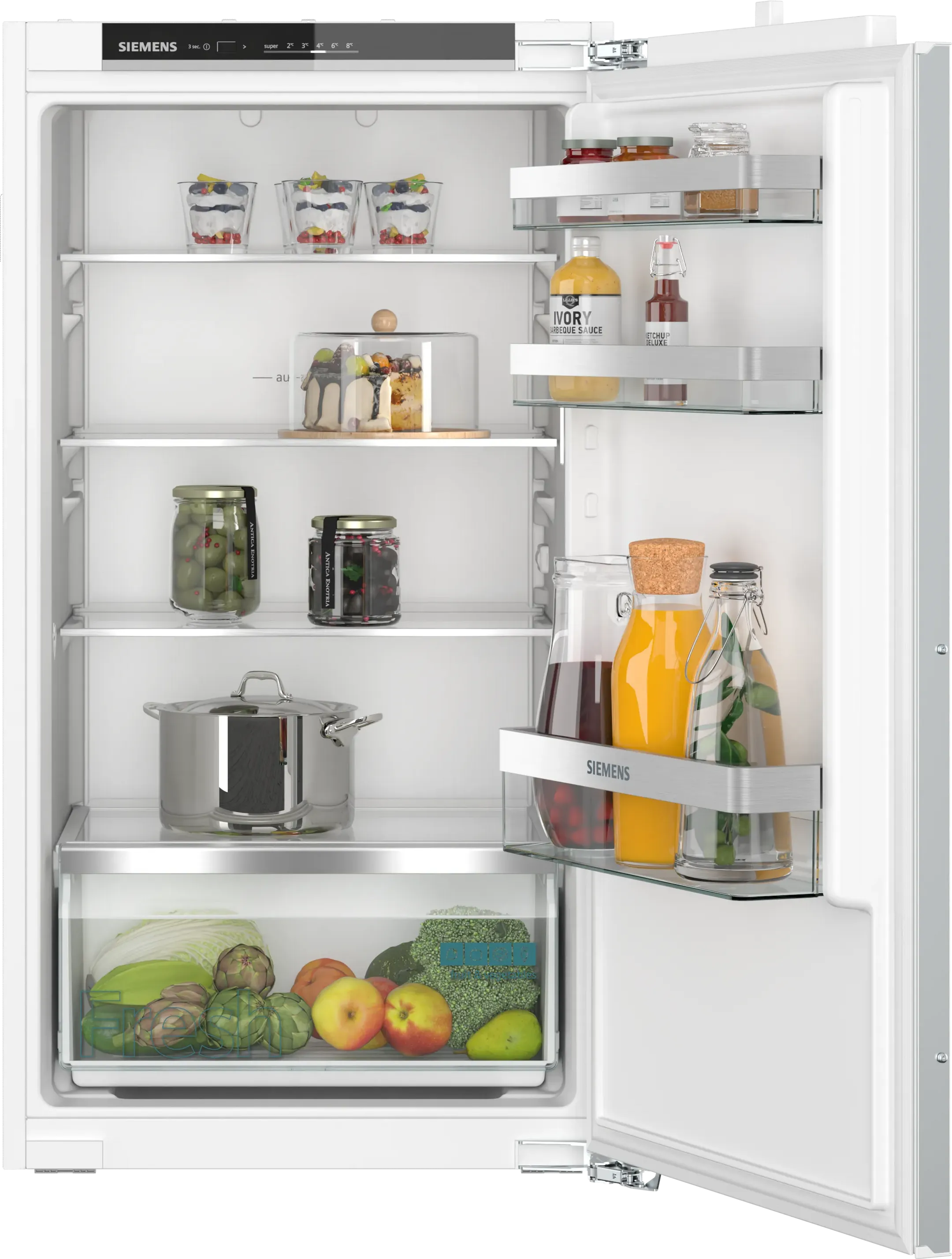How to choose your built-in refrigerator?
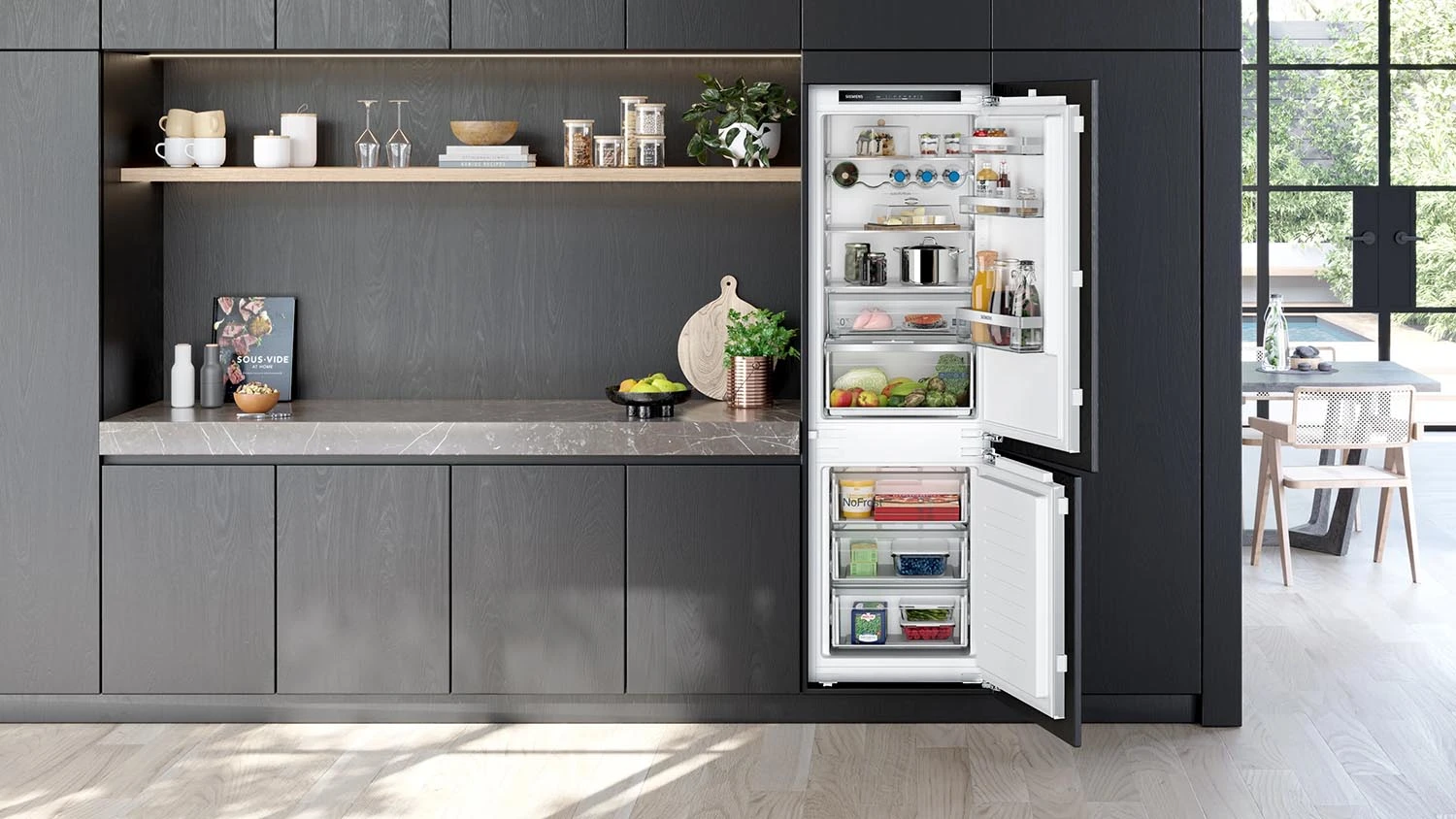
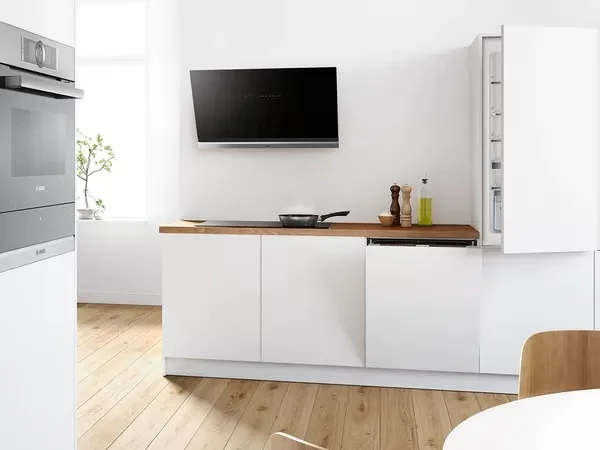
What dimensions for a built-in fridge?
When considering the purchase of a built-in fridge, dimensions are a crucial aspect to consider to ensure a perfect fit in your kitchen space. Key dimensions to consider include the height, width and depth of the built-in fridge, as well as the space available in your kitchen for its installation.
Height is one of the most important dimensions, as it determines whether the built-in fridge will fit properly into the space provided, notably between the upper cabinets or the worktop. It's essential to accurately measure the height available in your kitchen to avoid installation and adjustment problems.
Similarly, the width of the built-in fridge must correspond to the space available in your kitchen for its installation. It's also advisable to measure the space between adjacent cabinets to ensure a fit without excessive play or stress.
Finally, the depth of the built-in refrigerator is important to ensure that it doesn't protrude into the circulation space of your kitchen. It's essential to take into account the depth of your furniture or worktop to determine the maximum acceptable depth for the built-in fridge.
Choosing the right dimensions for a built-in fridge requires precise measurement of the space available in your kitchen, taking into account the height, width and depth of the fridge. By ensuring that the built-in fridge fits perfectly into your kitchen, you can optimize the efficiency of your space while enjoying the desired functionality and style.
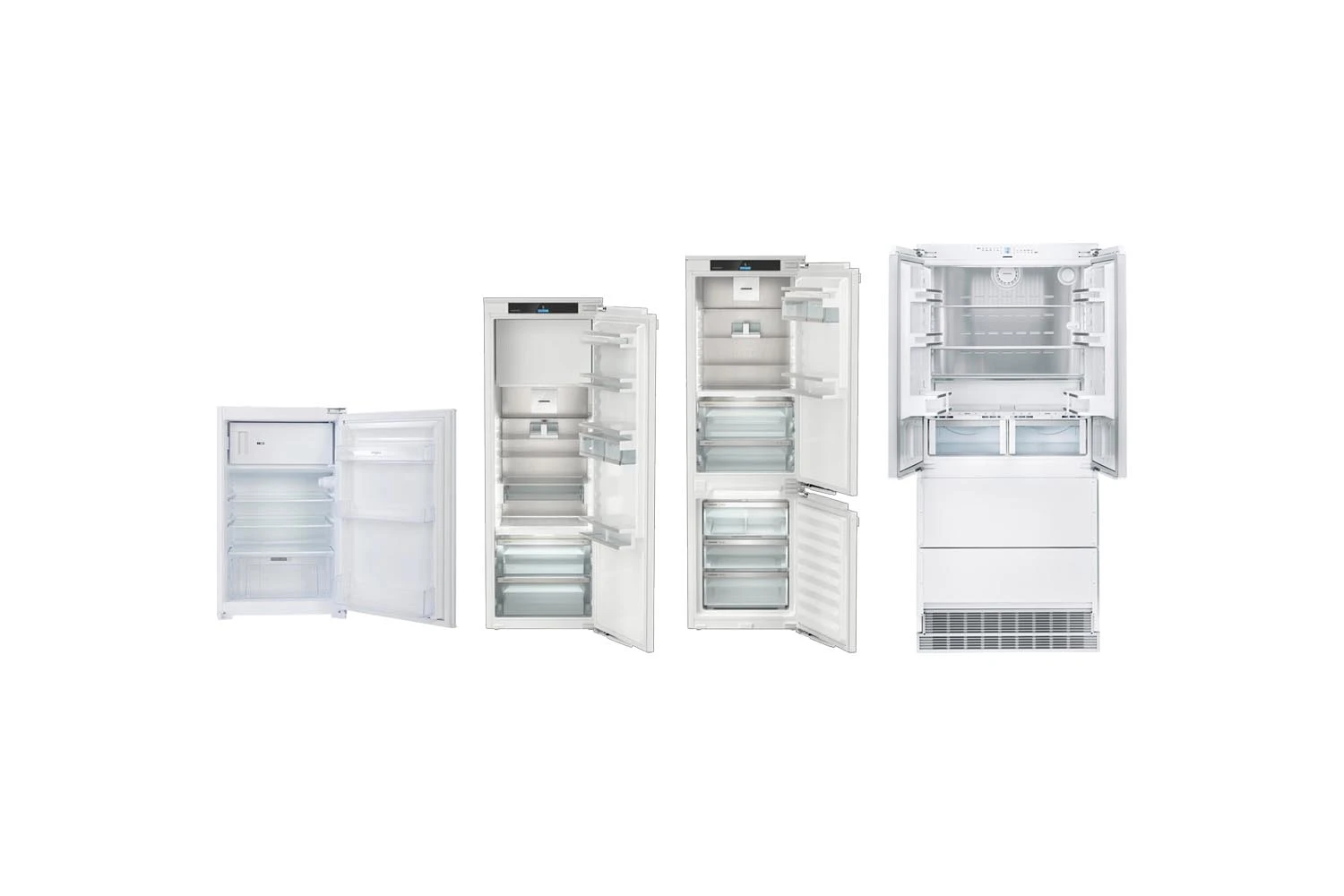
Which type of built-in refrigerator for which capacity?
When choosing a built-in refrigerator, it's important to select the right type based on the capacity you need to meet your household's needs. Capacity will be different for each type of built-in refrigerator, and understanding these distinctions will help you make the best decision for your kitchen:
For smaller kitchens or tight spaces, table-top refrigerators with or without freezers are often the most suitable. These compact models offer sufficient capacity (less than 150 L) for the daily needs of smaller households, while maintaining a minimal footprint thanks to their discreet design and low height (less than 1 m).
For households looking for greater capacity without sacrificing integrated aesthetics, 1-door refrigerators with or without a freezer are an excellent choice. These models can offer larger storage capacities (from 150 L to over 250 L).
Built-in combination refrigerators are ideal for those who need ample storage space for both fresh and frozen foods. These models offer a clear separation between the fridge and freezer, allowing optimal organization of both compartments.
Finally, multi-door refrigerators combine the style of side-by-side doors with the practicality of one or more bottom-mounted freezer drawers. These models offer generous storage capacity and enhanced flexibility.
By choosing the right type of built-in refrigerator for your capacity requirements, you can maximize the efficiency of your kitchen space while meeting the needs of your household.
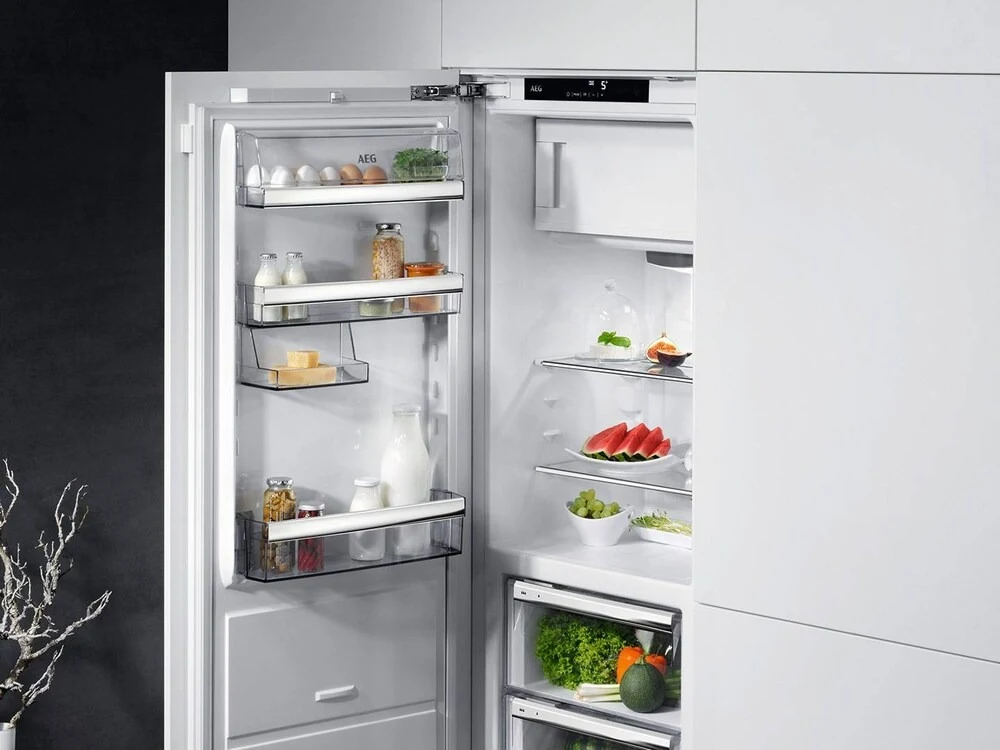
Which cooling technology to choose?
Static technology: Static technology is characterized by its simplicity and energy efficiency. In a static freezer or refrigerator, cold air is produced by a cooling system usually located at the top or bottom of the appliance. This cold air descends naturally, creating different temperature zones inside. Food placed at the top will therefore be exposed to a higher temperature than that at the bottom. This technology is suitable for users looking for an economical, energy-efficient solution, although it can lead to significant temperature variations within the appliance.
Dynamic/stirred technology: Dynamic technology, also known as stirred technology, improves the distribution of cold air in the appliance by using a fan to stir the air. This ensures a more even temperature inside the fridge or freezer, reducing the risk of hot or cold zones. This technology offers better food preservation, especially for fresh produce requiring a constant temperature.
Ventilated technology: Ventilated technology, sometimes called "No Frost", goes a step further by completely eliminating frost build-up inside the appliance. A constant ventilation system ensures an even distribution of cold air, preventing the formation of ice on walls and food. This not only preserves food better, but also saves time, as manual defrosting is no longer necessary. Ventilated refrigerators and freezers are often preferred for their practicality and ease of maintenance.
In short, the choice of refrigeration technology depends on the specific needs of each user. Static technology is economical, while dynamic/breathing technology offers greater temperature homogeneity. For maximum convenience and optimum food preservation, ventilated technology, with its No Frost system, is often preferred.
All our built-in refrigerators
Updated on December 8, 2025

